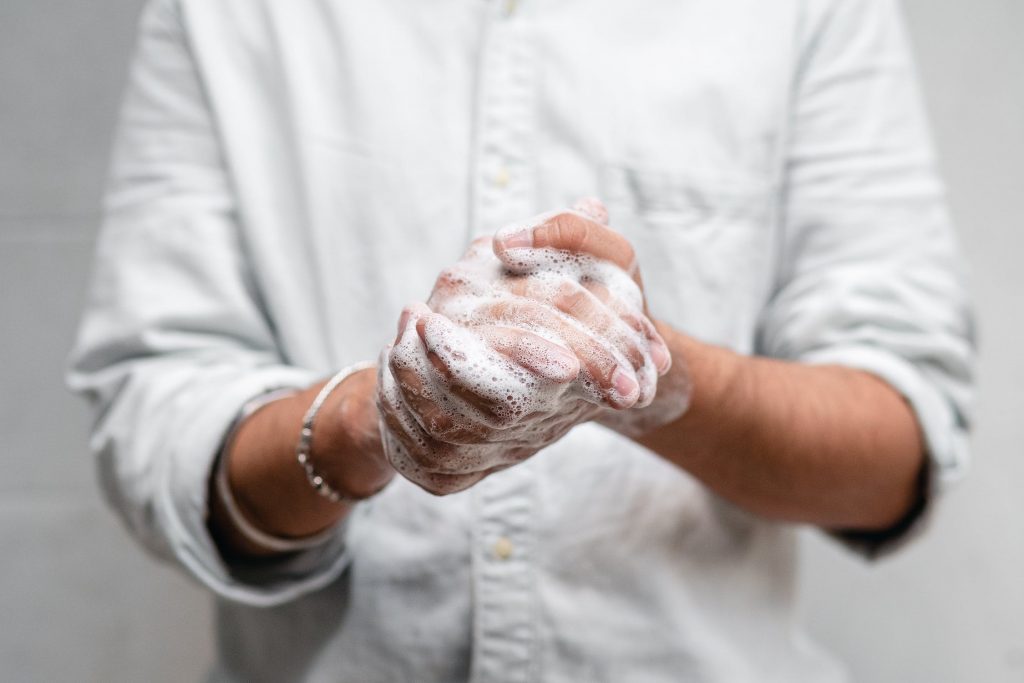Who Contributes to Safety Culture in Healthcare?
En español
Creating a safety culture is essential for improving patient care and healthcare staff satisfaction. It allows facilities to function smoothly and keeps everyone in them – both staff and patients – out of harm’s way. Everyone in a healthcare facility has a role to play when it comes to maintaining a safety culture. Here we take a look at some of the players within a healthcare facility and what they do to help improve their safety culture.

Management
Management is the driving force behind safety culture in any healthcare facility. It is up to management to budget for safety devices and services, as well as prioritise the implementation of safe practices and policies. When done correctly, implementations and policies should create a supportive environment where staff not only feel safe, but also speak about concerns or injuries of their own. Management’s message about safety must be consistent and sustained, as it takes a long time for culture to change. By providing a space for all staff to raise patient or workplace safety concerns and providing resources to enable a system-wide implementation of safety program, management can create a good foundation for their safety culture.
Clinical Staff
Clinical staff includes nurses, surgeons, specialists, and anaesthetists. They use evidence-based practices to ensure procedures are performed safely. Clinical staff have a moral and legal responsibility to follow safety regulations and techniques to create a safe environment for themselves, their colleagues, and their patients. They also contribute to a hospital’s safety culture by reporting injuries and hazards. By reporting their concerns and injuries or near-misses, risks to safety can be addressed and improvements can be made to practice and protocol.
Infection control
As the name might suggest, infection control plays an important role in minimising the risks and spread of infectious pathogens in a facility. To do this, infection control staff must question processes and look for ways to improve. Furthermore, it is the role of infection control to educate staff and patients about infection prevention techniques such as hand washing, the use of personal protection equipment, and safe handling of scalpels and other sharps. All pathogens pose a risk to safety whether they are viruses, bacteria, fungi, protozoa or worms.
Value Analysis Committee
Value analysis committees look at many aspects of a product or service that a facility is using, or is thinking about buying. They will analyse clinical outcome, product quality, product competitors, financial analysis, and education requirements. Above all, committees should consider the safety value a product can provide. For example, investing in occupational health and safety for staff can have a “Return on Prevention” ratio of 2.2. This means that for every 1 dollar invested in safety, organisations gain a return of 2.2 dollars.
Patients
Patients also play a role in creating safety culture in healthcare facilities. By following the instructions of their care providers, patients can reduce the risk of harm to themselves, their loved ones, and healthcare workers. Taking medication as prescribed, and washing hands as instructed are just some of the ways that patients contribute to a facility’s safety.

With each individual role that is played in a healthcare facility, we can build healthcare systems of care and safety culture together. By investing in safety, we can protect the well being of healthcare workers and patients.
Qlicksmart works hard to protect the safety of healthcare staff in their workplace. If you would like more information about how to invest in staff safety, contact us today.
References
International Social Security Association, “The return on prevention: Calculating the costs and benefits of investments in occupational safety and health in companies.” Geneva, 2011


